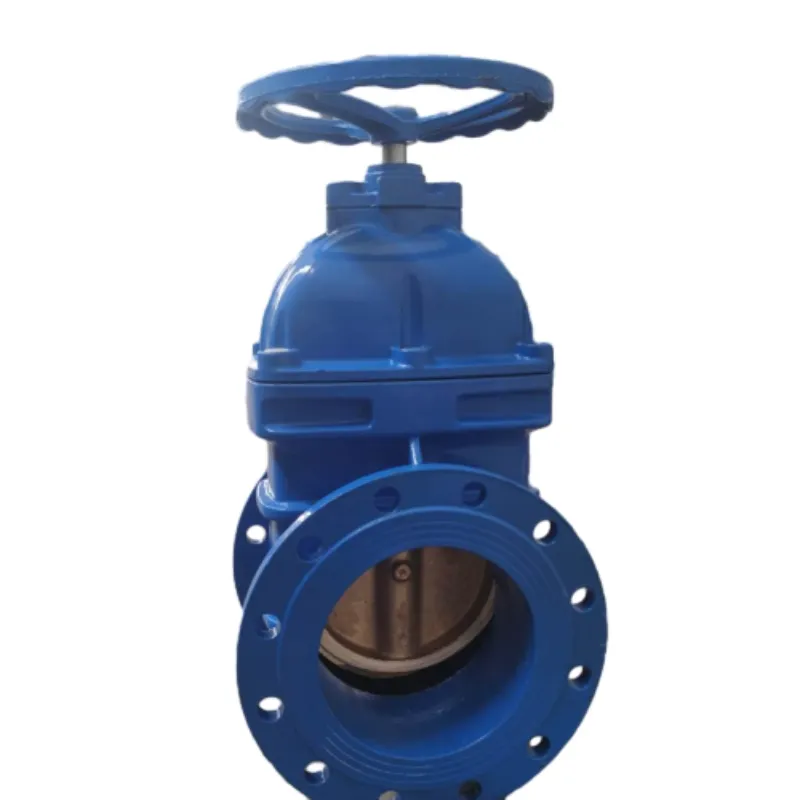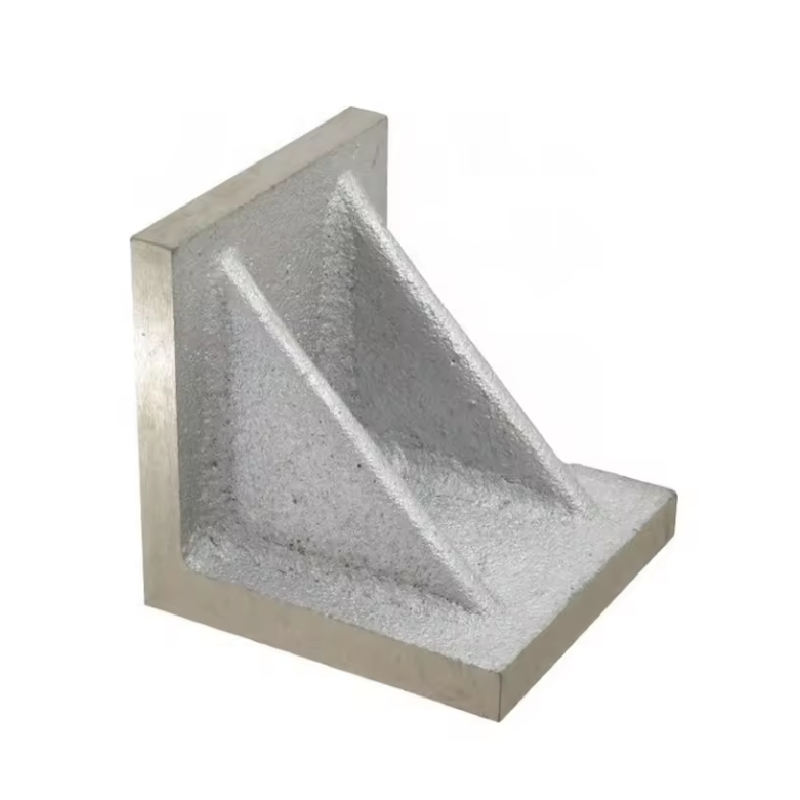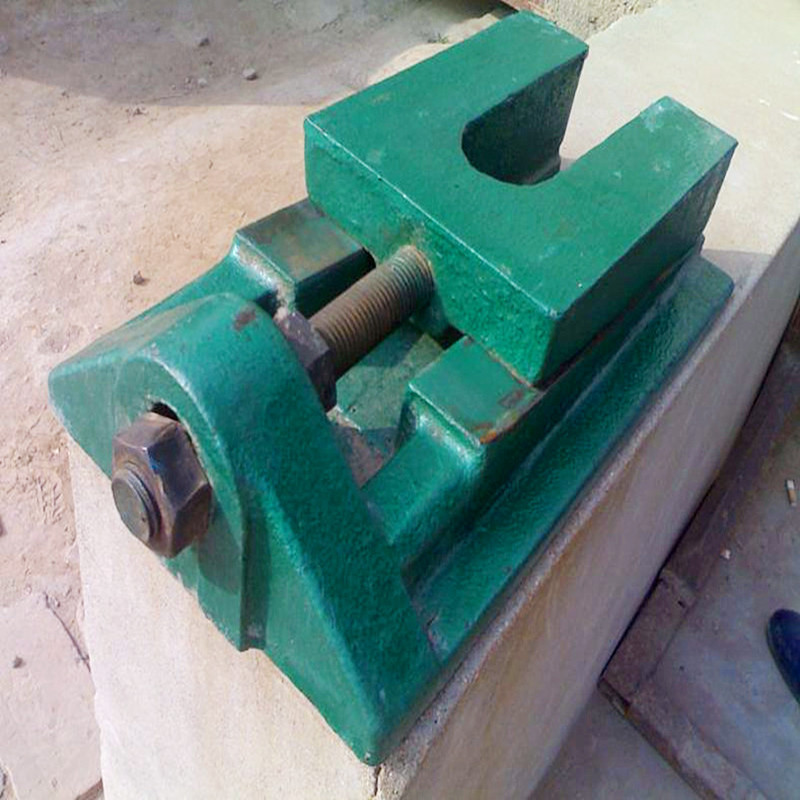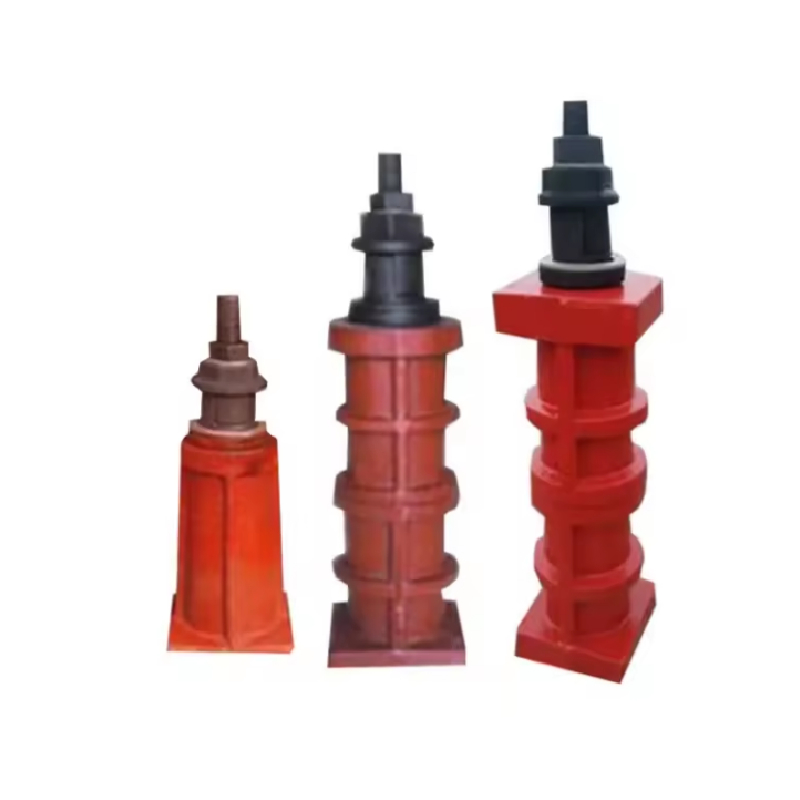Jul . 06, 2025 08:27 Back to list
Types of Control Valves and Their Applications Comprehensive Guide to Ball Valves & Functions
- Introduction to types of control valves and their applications
- Technical overview and unique advantages of main control valve types
- Comparative analysis of manufacturers and performance data
- Differentiation of ball valves and their specific functions
- Customized control valve solutions for diverse industries
- Real-world case studies: deployment and outcomes
- Summary: how to select the right types of control valves and their applications

(types of control valves and their applications)
Introduction: Understanding Types of Control Valves and Their Applications
The vast field of industrial process control relies heavily on a variety of control valves to regulate fluid flow, pressure, temperature, and level. Understanding the types of control valves and their applications is crucial for optimizing efficiency, safety, and operational reliability in industries such as oil & gas, chemical processing, power generation, pharmaceuticals, and water treatment. With global demand for enhanced process automation rising—estimated at a 6.4% CAGR to reach USD 12.6 billion by 2028—selecting the appropriate valve type becomes a key driver of both productivity and cost control. This comprehensive exploration provides technical depth, actionable data, and practical insight for selecting, customizing, and deploying the ideal solution across sectors.
Technical Overview and Unique Advantages of Main Control Valve Types
Control valves are typically categorized by their internal mechanism and operational characteristics. The principal different types of control valves and their applications include:
- Globe Valves: Known for precise throttling and flow control due to linear motion; widely used where accuracy is paramount (accuracy range ±0.5%). Their design allows for quick opening/closing with relatively high-pressure drops.
- Ball Valves: Renowned for fast, tight shut-off and low torque operation. Typically used in critical isolation applications, featuring a rotary motion and delivering leak-proof service; ideal for high cycling and low-pressure-drop requirements.
- Butterfly Valves: Compact and lightweight with quarter-turn operation. Preferred in large-diameter pipelines for both shut-off and flow modulation. Their simplicity equates to lower installation and maintenance costs—up to 40% less than globe valves.
- Plug Valves: Efficient for handling slurries, corrosives, or on-off control in compact spaces. Their rotary plug offers robust sealing even under challenging fluid conditions.
- Diaphragm Valves: Designed for hygienic or corrosive media, offering isolation from contaminants and dead zones. Often specified in pharmaceutical, wastewater, and food & beverage systems.
- Needle Valves: Provide micro-flow control with exceptionally fine adjustments, often used for laboratory, analytical, or metering service.
Each type features distinctive advantages, such as the ball valve’s ability to withstand over 10,000 cycles before maintenance and the globe valve’s precision under high pressure (ANSI class 1500 and above). The technical superiority therefore depends on the specific process demands and application context.
Manufacturer Comparison and Performance Data
To facilitate informed selection, the following table summarizes industry-leading manufacturers alongside critical performance metrics. These metrics—actuation cycles, leakage rate, pressure class, and maintenance intervals—reflect real-world operational priorities:
| Valve Type | Manufacturer | Operation Cycles (MTBF) | Max Pressure Class | Leakage Rate | Avg. Maintenance Interval |
|---|---|---|---|---|---|
| Globe Valve | Emerson (Fisher) | 60,000 | ANSI 2500 | Class IV | 12 months |
| Ball Valve | Flowserve (Valtek) | 100,000 | ANSI 1500 | Class VI | 18 months |
| Butterfly Valve | KSB | 85,000 | ANSI 600 | Class III | 24 months |
| Plug Valve | Crane Co. | 50,000 | ANSI 600 | Class II | 10 months |
| Diaphragm Valve | GEMU | 70,000 | ANSI 300 | Class V | 14 months |
These data reveal that ball valves deliver the highest operation cycles—a key advantage in high-automation, high-cycle environments—while globe valves support the highest-pressure applications. Manufacturers such as Emerson, Flowserve, and KSB have established reputations for reliability, innovation, and global support infrastructure.
Differentiation of Ball Valves and Their Specific Functions
Among types of ball valves and their functions, several variants are engineered to address specialized process needs:
- Floating Ball Valves: Feature a freely suspended ball that presses against the downstream seat under pressure, ensuring bubble-tight sealing in low to medium pressure applications—leakage rates better than 1x10-6 mbar·L/s.
- Trunnion-Mounted Ball Valves: The ball is fixed while the seats are movable, reducing operating torque in large-diameter, high-pressure pipelines.
- V-Port Ball Valves: Shaped with a v-notch for improved flow metering and precision throttling capability.
- Three-way and Four-way Ball Valves: Engineered for mixing, diverting, or distributing fluid, allowing greater flexibility in system design.
- Metal-seated Ball Valves: Suited for abrasive or high-temperature service up to 650°C, exceeding the soft-seated design limits.
With the capability to operate under harsh environments—such as offshore oil platforms, where reliability may determine uptime and safety—ball valves are often selected for emergency shut-down (ESD) operations. Their compact form and rapid actuation (less than 1 second for full open/close) further cement their position in demanding industrial arenas.
Tailoring Customized Control Valve Solutions
Given the diversity of fluid properties, operating pressures, flow rates, and regulatory demands, manufacturing leaders provide highly customizable control valve offerings. These bespoke solutions address such variables as:
- Body material selection: Stainless steel, duplex, alloy steels, or fluoropolymer linings for chemical compatibility
- Seating configuration: Soft or metal seated, with specific leak-tightness grades (ANSI, API standards)
- Actuator selection: Pneumatic, electric, or hydraulic, with smart positioners for remote diagnostics
- Trim design: Anti-cavitation or low-noise trims for reducing erosion and process noise up to 30 dB(A)
- Environmental and safety features: Fire-safe, anti-static, and fugitive emission certifications (ISO 15848, API 607)
- Smart control integration: Digital communication protocols such as HART, FOUNDATION Fieldbus, or PROFIBUS for IoT readiness
For example, a refinery requiring sour gas service might demand super duplex stainless steel bodies with metal-seated ball valves, integrated with SIL-3 compliant actuators. Pharmaceutical cleanrooms might call for diaphragm valves with electropolished surfaces (Ra < 0.4μm) and aseptic actuators. Such intricate tailoring ensures each solution is engineered to achieve peak performance and regulatory harmony.
Industry Application Cases: Deployment and Outcomes
The following cases exemplify the selection, installation, and operation of different types of control valves and their applications across industry sectors:
- Oil & Gas: On a North Sea offshore platform, trunnion-mounted ball valves with API 6D compliance achieved zero unplanned shutdowns over a three-year period, handling pressures of 4500 psi and temperatures down to -40°C.
- Water Treatment: A municipal plant modernization installed butterfly control valves with low-torque actuators, reducing energy demand by 32% and maintenance costs by $140,000 annually.
- Chemical Manufacturing: Automated globe control valves outfitted with anti-corrosive linings handled aggressive chlor-alkali feeds at 98% operational availability, supporting real-time quality monitoring.
- Pharmaceuticals: Diaphragm valves in sterile filling lines realized contamination rates below 0.01%—driven by aseptic design and high-cycle capability (>70,000 cycles per year).
- Power Generation: Needle control valves enabled precise boiler feedwater modulation, contributing to a 0.2% improvement in heat rate and a $480,000 annual fuel cost saving.
These data-driven deployments underline that optimal control valve selection and deployment directly impact operational efficiency, system availability, and bottom-line results.
Summary: Selecting the Right Types of Control Valves and Their Applications
Synthesizing technical performance, application requirements, manufacturer quality, and customization possibilities, the choice of types of control valves and their applications shapes the reliability and efficiency of modern fluid handling systems. Each valve—be it globe, ball, butterfly, plug, diaphragm, or needle—offers distinctive benefits tuned to specific operating contexts. The manufacturer’s grade, performance data, and tailored engineering further refine this selection, especially as digitalization and sustainability emerge as dominant trends.
Actionable evaluation criteria include pressure and temperature ratings, actuation frequency, maintenance intervals, compatibility, and smart automation potential. Integrating these considerations with industry-specific application cases enables operators to elevate performance, safety, and sustainability. As process automation advances, the strategic selection and deployment of advanced control valves will remain a foundational element for industrial resilience and progress.

(types of control valves and their applications)
FAQS on types of control valves and their applications
Q: What are the main types of control valves and their applications?
A: The main types of control valves include globe valves, ball valves, butterfly valves, and diaphragm valves. Each type is chosen based on process requirements like flow rate, pressure, and fluid type. Applications range from flow control in water treatment to precise pressure regulation in the oil and gas industry.Q: How are the different types of control valves used in various industries?
A: Globe valves are common in precise flow regulation, while ball valves are preferred for quick shutoff. Butterfly valves are often used for large pipe diameters in HVAC and water distribution systems. Each type's design makes it suitable for specific industrial applications.Q: What are the types of ball valves and their functions?
A: Ball valves are generally divided into full port, reduced port, trunnion-mounted, and floating ball types. Their main function is to control flow with quick on/off capability and minimal pressure drop. Each type offers distinct advantages depending on pipeline pressure and flow requirements.Q: Why is the selection of control valve type important in process industries?
A: The right control valve type ensures efficient operation, safety, and optimal flow control. Choosing the wrong valve can lead to process inefficiency and equipment damage. Proper valve selection is essential for reliable and economical process performance.Q: Can you explain the difference between globe, butterfly, and ball valves in terms of application?
A: Globe valves provide accurate throttling, making them ideal for precise flow control. Butterfly valves are compact and used for large volumes or limited space. Ball valves are best for on/off service and applications requiring tight shutoff.-
Water Valve Gate Design Prevents Leakage and CorrosionNewsJul.11,2025
-
Steel Fab Table Features Reinforced Construction for LongevityNewsJul.11,2025
-
Specialized Valve Designs for High Pressure SystemsNewsJul.11,2025
-
Machinist Gauge Pins Feature Ground and Lapped FinishesNewsJul.11,2025
-
Hose Check Valve Prevents Backflow in Irrigation LinesNewsJul.11,2025
-
Durable Micrometer Tools Withstand Heavy Workshop UseNewsJul.11,2025
Related PRODUCTS









